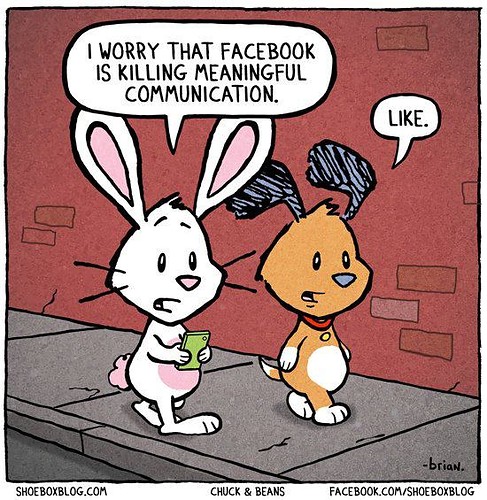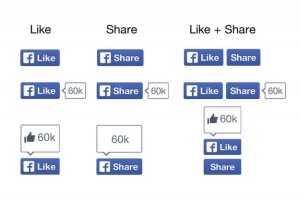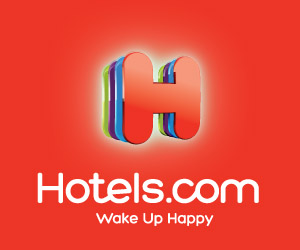Facebook Update Like Button: The Iconic Button Changes
Facebook Update Like Button

The Facebook “Like” button has become one of the most easily identifiable symbols of the twenty first century. As observed by The Verge’s Ellis Hamburger, even Facebook couldn’t have predicted back in 2010, when the platform launched the like button, how “ubiquitous” it would become. However the social media platform announced in a Facebook Update Like Button blog released on Wednesday 16th of November that the symbolic thumb icon was going to be replaced. According to a post made on Mashable the Facebook “Like” and “Share” buttons are seen by internet users collectively over 22 billion times each and every day. Furthermore these icons have been embedded in over 7.5 million websites. In the Facebook Update Like Button blog post they stated that the iconic like and share buttons are important drivers of Facebook referral traffic, which is larger than all other social networks combined according to a recent Shareaholic report.”

Facebook announced that the icon design for the “Like” and “Share” buttons were in an attempt to make it easier for individuals to share information throughout the internet with other users. In the Facebook Update Like Button blog post announcing the change they revealed that they had seen a marked increase in the number of Likes and Shares which occurred with the new icons during the beta tests. The change did not occur overnight however, as is customary with changes to social media platforms the new like and share buttons were scheduled to roll out to all users over the weeks following their initial release.
Facebook explained that the changes were in part due to an attempt to make it easier for companies and businesses to include the “Like and Share” buttons next to each other, whilst also attempting to make it easier for the “Share” button to be deployed in isolation. Utilising these buttons is an excellent way of driving Facebook referral traffic to your site the Facebook Update Like Button blog post claimed.
Under these changes the designs of both of the buttons have become “bluer and blockier” then their predecessors, making them stand out much more on internet pages. Additionally the new “Like” button makes use of the Facebook “f” logo opposed to the thumb symbol. The colourings of both of the buttons have been reverted. Previously the buttons were blue on white, whereas the new buttons are white on blue. The “Share” button replaces the “Send” button, this is because the platform found many users were confused by the terminology used.
When the platform was asked why they embarked on the redesign, Peter Yang, a product manager for Facebook explained that the new design has been specifically optimised for use with high-resolution screens.
The Huffington Post has taken full advantage of the changes. Their domain is one of the most popular in terms of the number of links which are posted back to Facebook. Under the changes users can simply post links on Facebook by clicking like. In order to add personal comments which cater the post your specific target audience users simply click share.
Huffington Post’s, Nico Pitney commented on the importance of button placement. He revealed, “We place the Like and Share buttons right below the headline of our articles and in a persistent left side bar that stays with the user when they scroll down the page. We want to give people every opportunity to like and share content, and, at this point, I like to think we’ve made it hard not to engage in social actions.”

Media publishers are not the only companies who can gain from having the “Like” and “Share” buttons on their company site. Hotels.com revealed to Facebook that since placing the “Like” and “Share” buttons on their site they have received a “huge spike in the number of hotel bookers arriving directly from Facebook”. The company’s product manager, Iain Niven-Bowling stated, “The stories that are generated when a customer clicks on the Like and Share buttons are clearly resonating with friends and groups. This in turn is resulting in high referral traffic and ultimately bookings to the 220,000 plus hotels at Hotels.com.”
